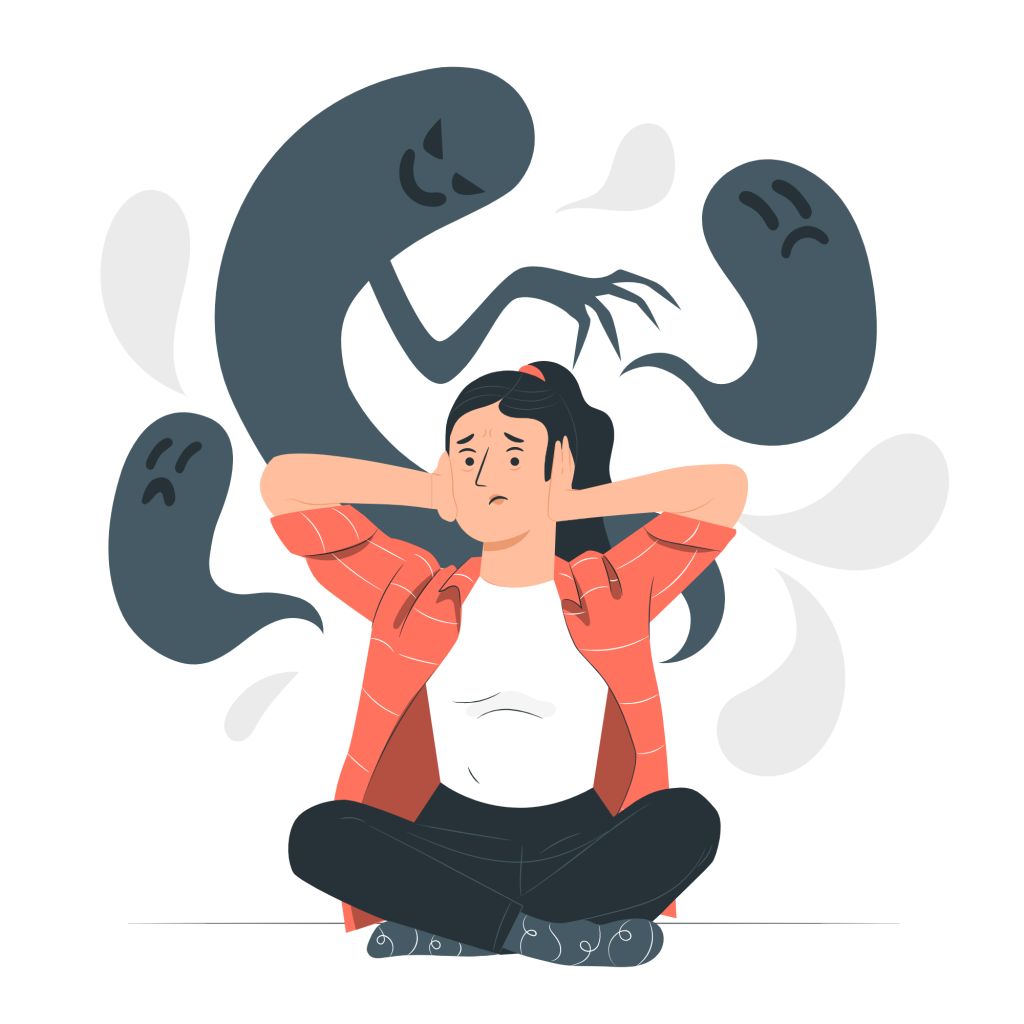On October 14, 1977, Anita Bryant; the convener of the organisation “Save our children” had a pie thrown at her by Thom Higgins during her press conference in her crusade against “homosexual recruitment” and “immorality”. If you think this is a step too far, hold on there is way more to the story.
Let us go back to the beginning of the story. The Stonewall riots in 1969 was one of the many signs of upturn for the gay rights movement despite backlash from a conservative society and in this environment is where we situate our story.
The Dade County Commission on January 18,1977, approved a law that would discrimination on the basis of sexual orientation in employment, housing and public services. This is where Anita Bryant and the “Save our children” organization steps in.
WHO IS ANITA BRYANT?
Anita Jane Bryant was born on March 25, 1940. She became a fairly successful singer, a beauty queen and a spokeswoman for Florida orange juice that founded the “Save our children” Inc.
WHAT IS SAVE OUR CHILDREN Inc.?
Save our children was an American political movement that was formed in 1977 in Miami, Florida to overturn a recently legislated county ordinance that banned discrimination in areas of housing, employment, and public accommodation based on sexual orientation. They saw it as not only legislating immorality but the law was also infringing on her rights. The claims were the law would protect the right to have intercourse with beasts. Also, because homosexuals couldn’t procreate they had to recruit children. Save our children Inc. was successful in repealing the law and encouraged people in other cities to replicate the tactics in their cities.
Now, you may be wondering how did we go from a law against discrimination of gay people to the claims of Save our children Inc.? Well, ladies and gentlemen, that is the effectiveness of what is called a MORAL PANIC.
WHAT IS MORAL PANIC?

A moral panic is a widespread feeling of fear, often an irrational one, that some evil person or group threatens the values, interests, or well-being of a society. Stanley Cohen (a sociologist), who developed the term, states that moral panic happens when “a condition, episode, person or group of persons emerges to become defined as a threat to societal values and interests”. While the issues identified may be real, the claims “exaggerate the seriousness, extent, typicality and/or inevitability of harm”.
Now that we know what a moral panic is, let’s find out the characteristics of a moral panic.
CHARACTERISTICS OF A MORAL PANIC
1 There is a fixation on the behaviour (imagined or real) of certain groups or people by the mass media. Cohen calls this the creation of “folk devils”. This is seen when the “folk devils” are stripped of favourable attributes and exclusively emphasises the negative attributes by the media.This is to create an evil person no one wants to be on the same side with. Examples include the way there are media reports and viral social media posts about the slippery slope of lgbt+ people.
The tying of lgbt+ to things like bestiality and how they are predators coming after children. The emphasis on those that identify as dogs and other weird things while making it seem like all lgbt+ people are an unreasonable bunch. Another example is the way we talk about muslims. For example we refer to Muslims in France like predators ready to pounce because of influence from Jihadists. Very little emphasis on the normal muslims in France.
2 There is a distance between the concern over a situation and the threat the situation actually poses. An example of this is during the gay panic in 2014 which led to Goodluck Jonathan to sign the law outlawing gay unions, clubs and organisations. Looking back, it’s hard to see the significant rise of gay clubs, unions and organisations that led to the fervour that led to the moral panic in the first place.
3 There is a fluctuation over time in the level of concern of a situation. Public hysteria that comes from Moral panics exists to push forward vindictive and often unnecessary legislation. This legislation comes from a pattern of noticing a “threat”, followed by ginning up outrage, then the formation of a public crisis. Once the legislation is passed, concern begins to drop even when there isn’t any actual evidence the issue has been “resolved”. The legislation only exists to justify the agenda of the people in power and reinforcing the status quo.
Moral panics aren’t spontaneous events, they occur due to a complex “relationship and interaction” among social actors. Who are the social actors involved in moral panics?
There are five social actors that Cohen had identified. Namely:
FOLK DEVILS
Folk devils are the individuals who are defined by the moral panics to be responsible for bringing a threat to the society. Like we said earlier, folk devils are entirely evil and are stripped of anything positive trait during presentation. They are the real life “bad guys” that we see in movies.
RULE ENFORCERS
The police, prosecutors and the military are crucial actors in moral panics because they are the enforcers of the laws of the society. They are expected to find, arrest and punish the “folk devils”. Law enforcers also have the incentive to maintain and justify their position in society by riding the waves of the moral panics by punishing the folk devils.
THE MEDIA
The media is responsible for the creation and continuity of moral panics. The coverage from the media creates the folk devil by emphasising the negative attributes of the folk devils making them look like a bigger threat than they are. It gives the audience a distorted perception of “folk devils”.
There are two major practices done by the media that make a moral panic; which include: Priming and framing. Priming is when exposure to a thing or event impacts how a person responds to a subsequent related thing or event. While framing, refers to the way an issue is presented to the audience.
Priming is the process by which the news emphasises a specific issue to the salience and prominence of the matter publicly and activates previously acquired information about the case or a “similar” case from people’s memories. While framing, involves calling attention to certain parts of a problem while ignoring or obscuring other elements. In other words, framing gives perspective meaning to an issue.
Not to sound like a conspiracy theorist and I am not saying “the media is brainwashing us”. In fact priming and framing can be useful tools for storytelling and bringing awareness to an issue but I think it’s clear how useful tools can be used to craft and fuel irrational fear.
POLITICIANS
As elected officials operate in the stage of public opinion, they must present themselves as the heroes of the moral high ground in society so as to win elections and reelections. Politicians often fuel moral panic by joining the media and law enforcers in an “ethical campaign” against the evil bad guys – the folk devils.
THE PUBLIC
The public is the most important factor for moral panics. Moral panic only exists to the extent of a public outcry over the alleged threat posed by the folk devils. The success of politicians, the media, and law enforcers in creating and fueling a moral panic is ultimately linked to how successful they are in arousing and fueling concern and outrage toward the folk devils among the public.
Now that we have discussed characteristics and social factors of a moral panic, I am sure you are wondering ‘What is the point of all this talk, Iretomiwa?’. Well, I have been worried about the recent effectiveness of modern day moral panics. As someone who used to fall for moral panics the same amount of times I drink water (who would have thought I am a former reactionary), I have decided to weigh in.
From the media discussions on “wokeness” to “trans people are coming for your children” to “maths is racist” and many more, there is clearly an abundance of moral panics. Media here doesn’t just mean traditional media such as television, radio etc. I am also referring to social media videos, podcast episodes and youtube videos. I want you to ask yourself when you see stories that heavily rely on your fear, “is this an attempt to make me join a moral panic?’.
I am not one to say a lack of emotion equals you being logical because emotions are important for defining our humanity. My own request is to apply a certain level of media literacy while reading or understanding stories. When you see stories that seem clickbaity or incendiary, I want you to think, are my emotions being taken advantage of? Is the fear exaggerated? Is the framing of this story meant to elicit panic? And then dig into it deeper.
To know more on the Anita Bryant story, you can listen to this podcast episode.
To read more about moral panics, click here
Thank you for reading words/thoughts from my blog which are very inconsistent.
I am deciding to do longer form content to make up for not writing as regularly as I used to because adulthood is adulting. So expect more of this. Don’t forget to share, let me know your thoughts in the comments and social media and who knows? I may just respond. Until next time, stay safe and take care of yourself.

